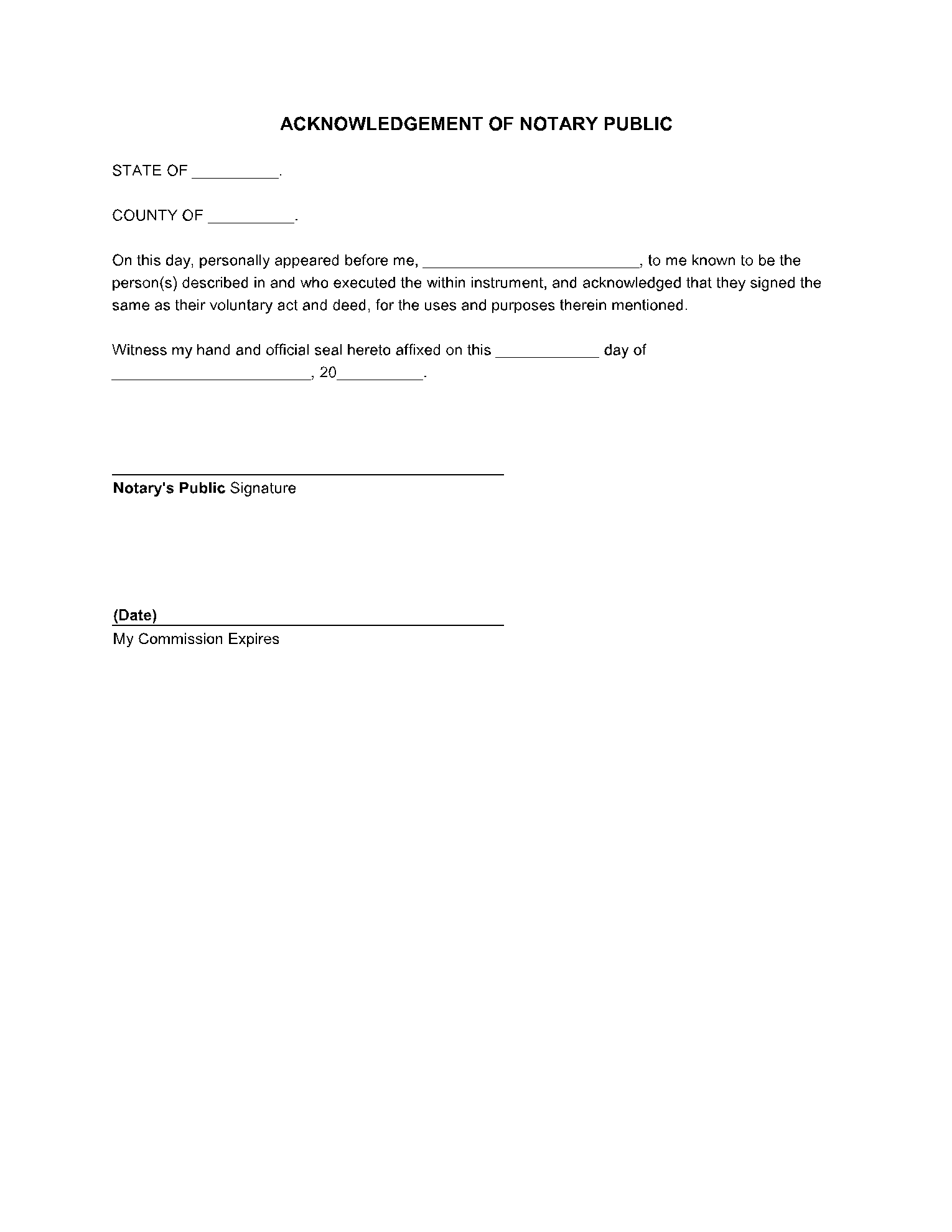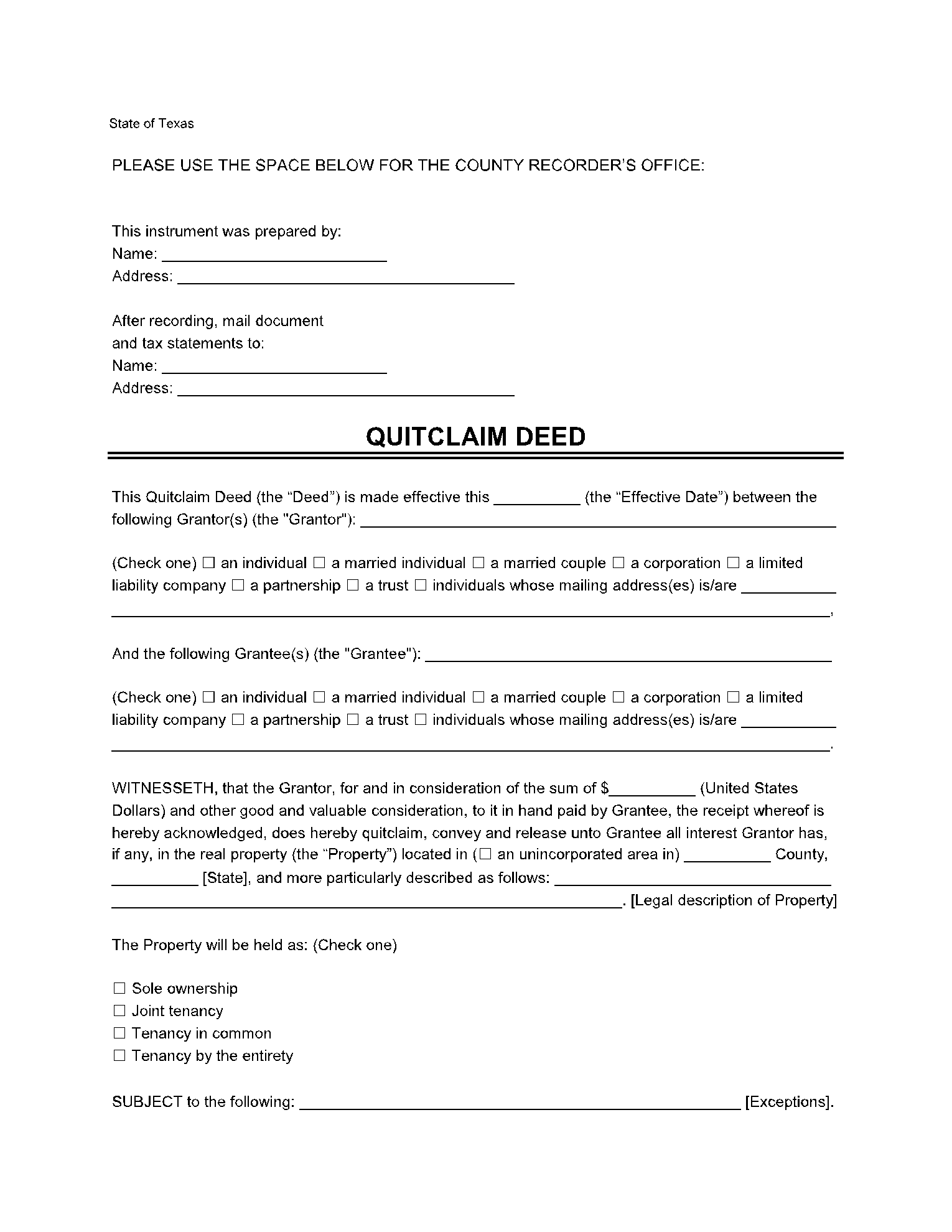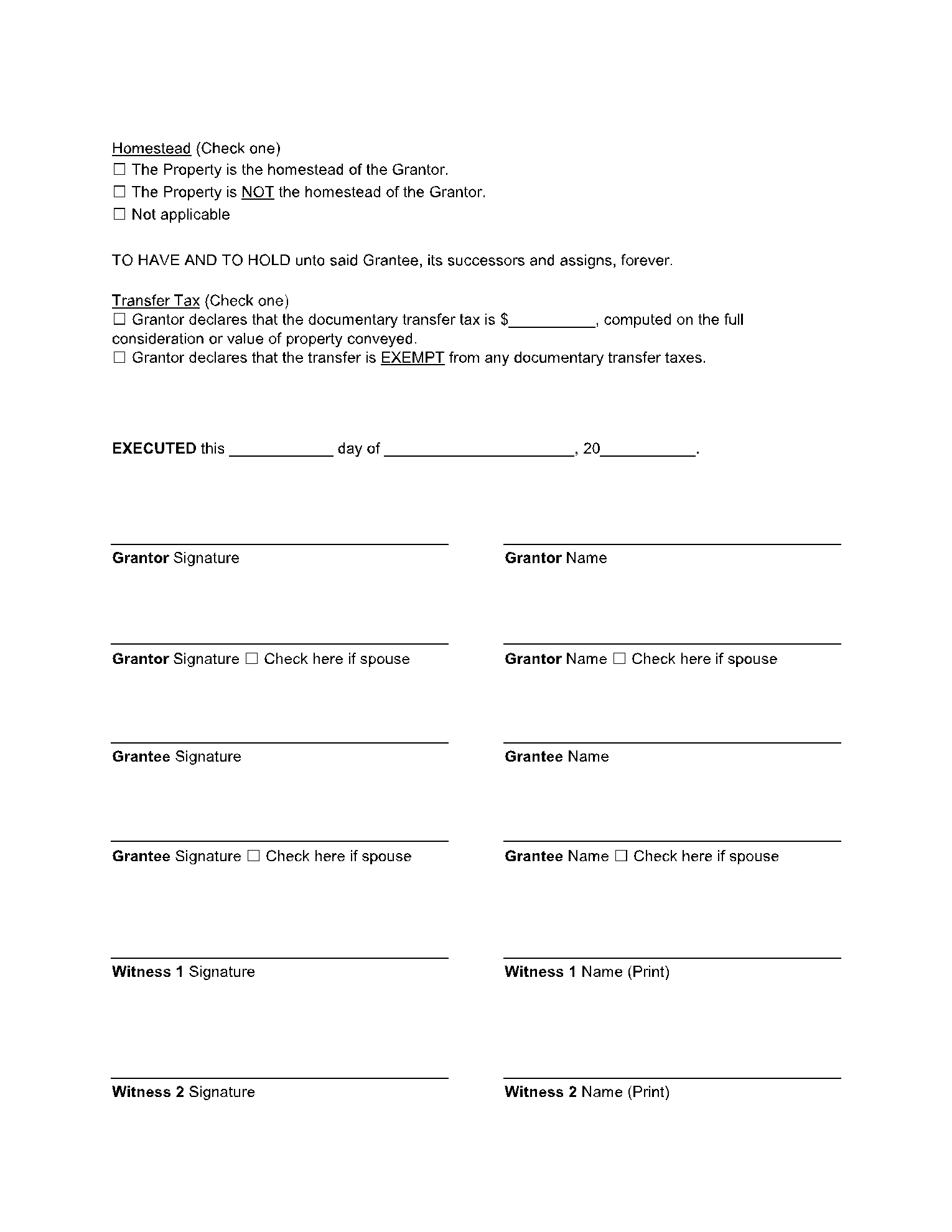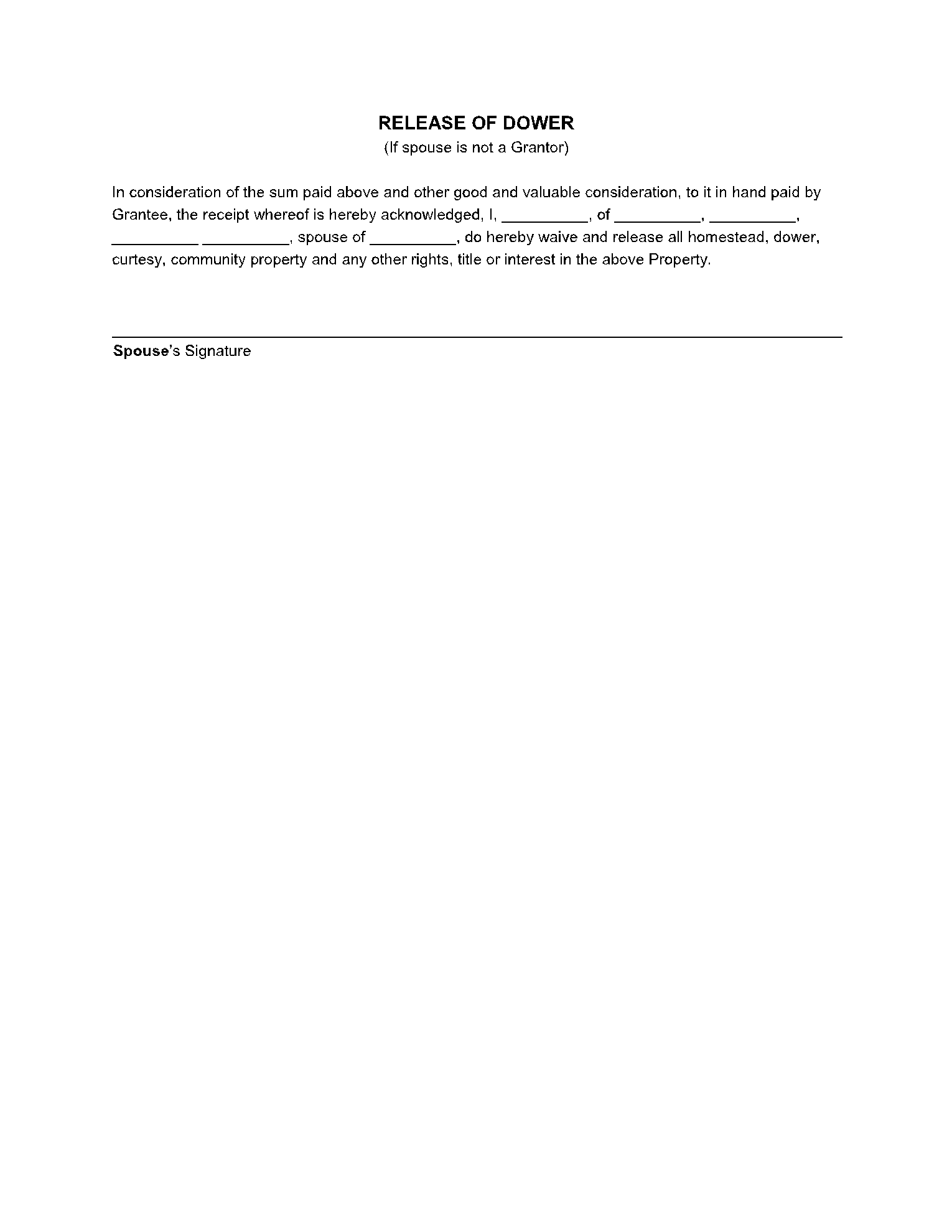If you live in Texas, and you want to transfer property interest to a family member or close friend, Texas quit claim deed is the form you need to issue. There are two parties involved in such a document, the grantor and the grantee.
The quit claim deed form Texas testifies that the grantor only transfers their interest in the property, since they don’t have the title. Despite the risky nature, this type of deed is quite common all over the US; it’s mainly used for transactions between family members, where trust isn’t an issue.
In addition, we have also included these components in this Texas quitclaim deed form template:
-
- Description of the property
- Details of the buyer and seller (or the transferor and transferee)
- Details of purchase and cost
- Information on applicable laws
What Is a Texas Quit Claim Deed?
Just like the other types of deeds, the Texas quitclaim deed is a document issued as evidence for a real estate transaction. What makes quitclaims unique is the lack of warranty offered by the seller.
Since they don’t provide the title or any type of proof of ownership, what they are transferring is in fact, their interest in the piece of real estate. The buyer agrees to the purchase without knowing with certainty what the seller’s real interest in the property is.
The quitclaim deed from Texas is usually used by members of the same family, but even so, it still needs to be notarized. The main disadvantage of this type of deed is that if it turns out the grantor had no real interest in the piece of real estate, it means nothing was actually transferred to the grantee. For that reason, it’s a good idea to do a title search before such a purchase.
Who Needs a Quit Claim Deed in Texas? And When?
People choose Texas quit claim deeds because they are a cheaper way of transferring property. However, because no warranty is offered by the seller, this type of deed is rarely used between strangers. But with family members, when trust isn’t a problem, it can be beneficial to use the quitclaim deed form Texas. These are the situations this deed is usually used:
- When a parent wants to transfer property to their child
- For transactions among siblings
- To add or remove a spouse from the title after marriage or divorce; that can only be done if the name of that spouse was legally changed
- To leave property to a family member and avoid the costs of a will
- For a co-owner to give their interest in the property to the other co-owner
- If you are the owner of the real estate property and want to add a co-owner
The Texas quick claim deed form must be issued after the verbal agreement was made, and the price (if any) was set. It’s the final step in closing the deal.
Important Laws & Requirements in Texas Quit Claim Deed
The transfer of real estate property in Texas can be made through several types of deeds. Among those, the Texas quit claim deed is the least frequently used because of the lack of warranty. It is a valid deed in the state of Texas, but if you ask an attorney what their opinion on this type of deed is, they will probably advise against it.
If you are claiming a quitclaim in Texas, you cannot even rely on the statute of limitations (which is usually five years) to establish title. The fact is the quit claim deed form Texas is not a good option for a tool to obtain title or an interest in a piece of real estate. The general warranty deed is a much better choice.
Even so, people still use Texas quit claim deeds for transactions where trust isn’t an issue, when the grantor and the grantee are close relatives, and their goal is to pay smaller taxes. If you decide the quitclaim deed Texas form is the right option in your case, these are the legal requirements you must be prepared to meet:
- The Texas quitclaim deed form must be signed in the presence of two witnesses
- The state seal of a notary public is required
- You need to take the document to the County Clerk’s Office for registration
As for the document itself, people usually use a quit claim deed Texas pdf to create it. To make sure you have a complete and accurate document, these are the sections any Texas quit claim deed must contain:
- The name and address of the preparer (the person creating the document)
- The name and address of the person who will receive the deed after registration (usually the grantee)
- The County where you will file the deed
- The consideration, or the price
- The identifying information of the grantor and the grantee: full name and address of residence
- The legal description of the property
The notary public must complete the last part of the document, and they will also affix their state seal. Then you need to go to the County Clerk’s office to pay the fee and register the document.
Conclusion
The quitclaim deed Texas may not be the most popular form of deed in Texas, but there are a few instances when it can be beneficial to the parties involved. If you want to transfer your interest in a real estate property to a family member and want to pay smaller fees, the Texas quit claim deed is a reliable option.
To make sure it’s well-written and complete, use the template we have created at CocoSign. You will find many other useful templates along with this one, and they are all extremely efficient.



